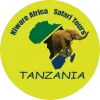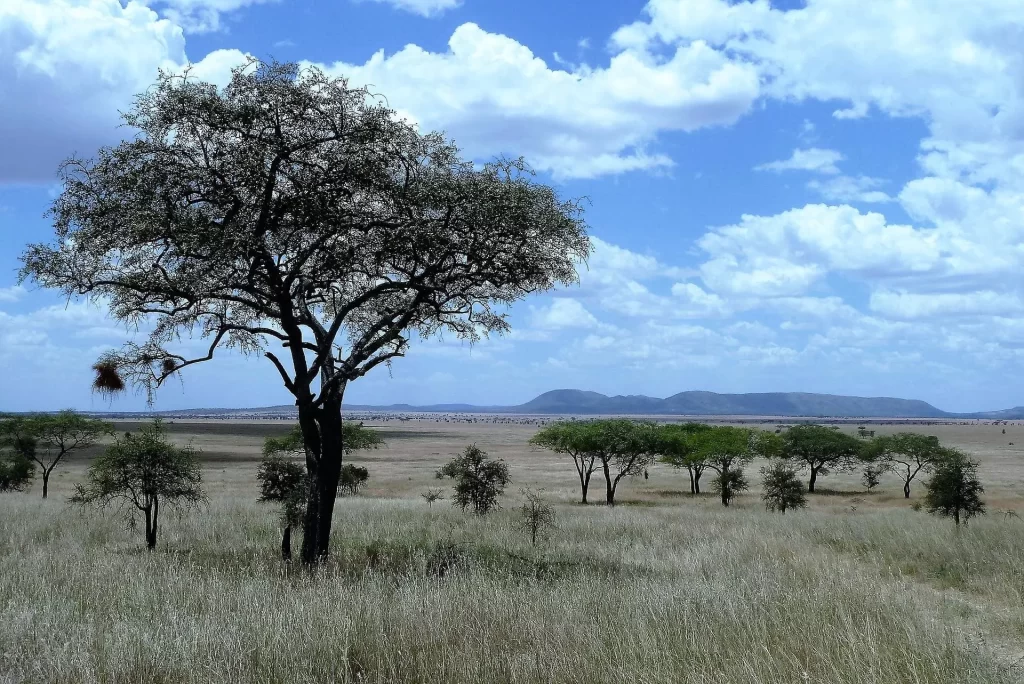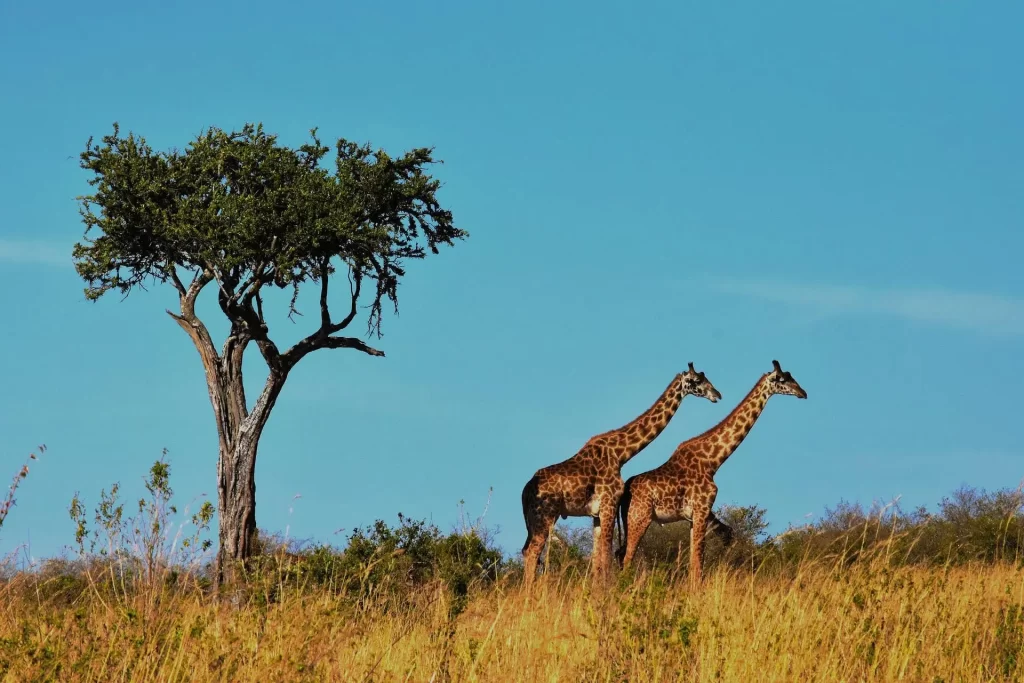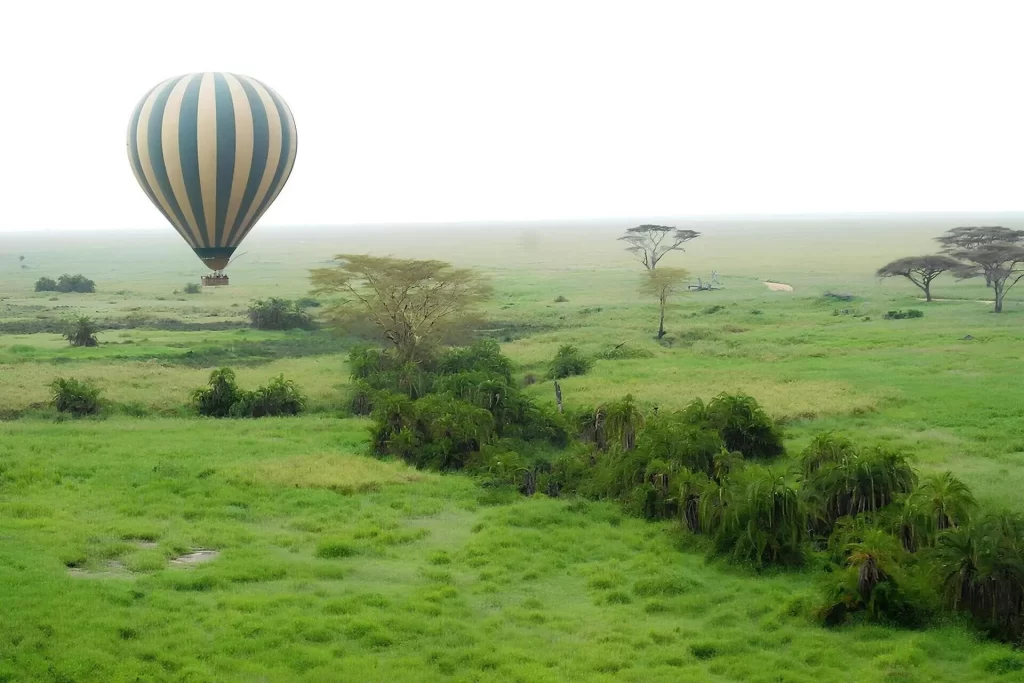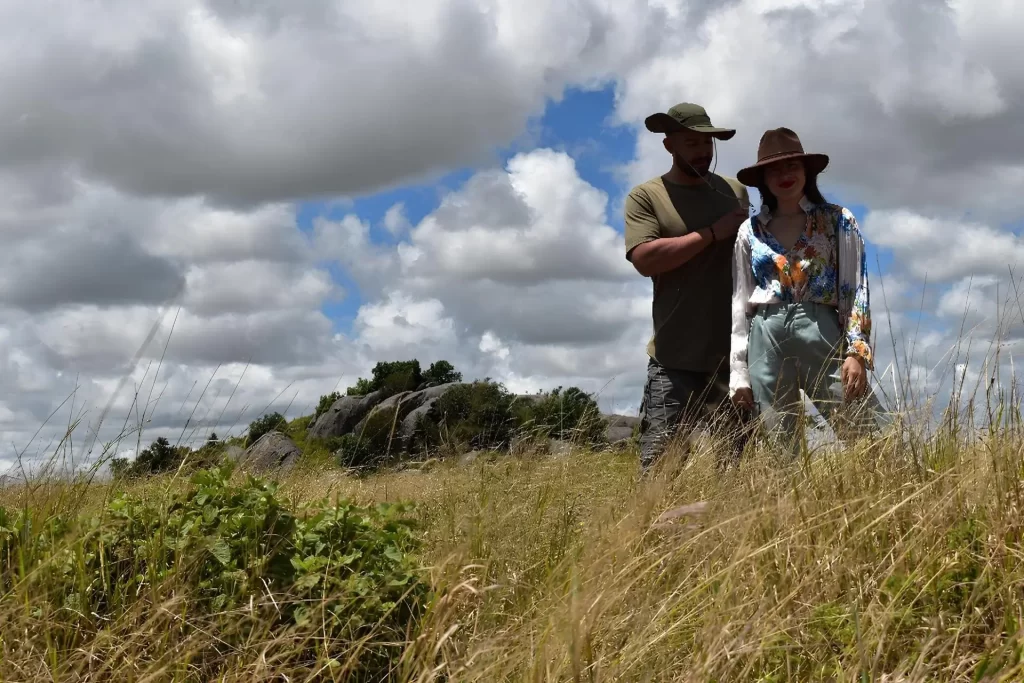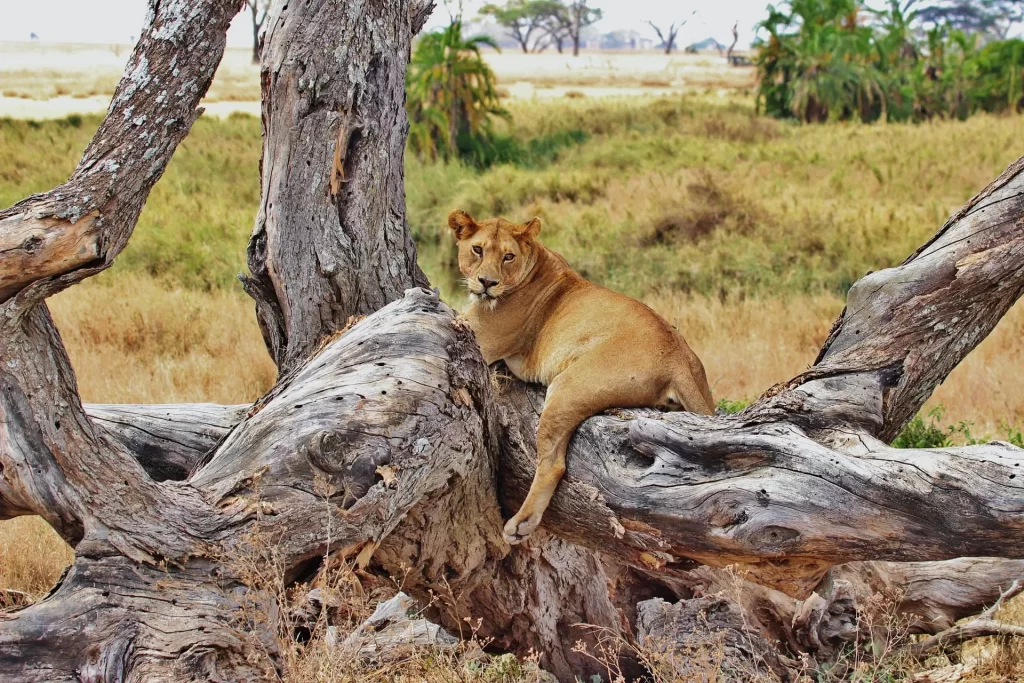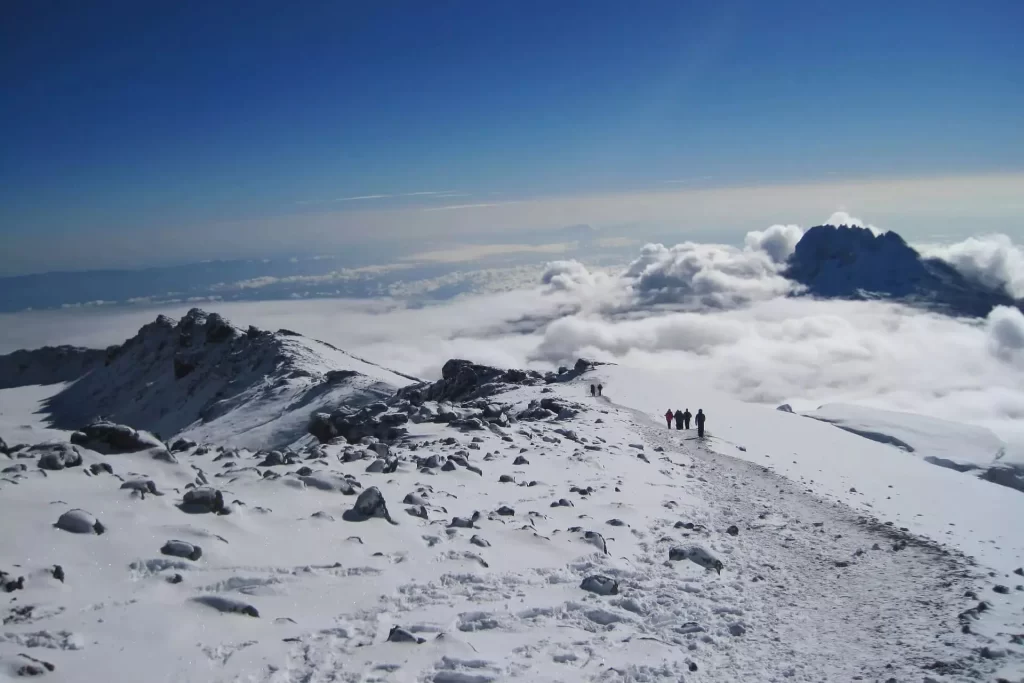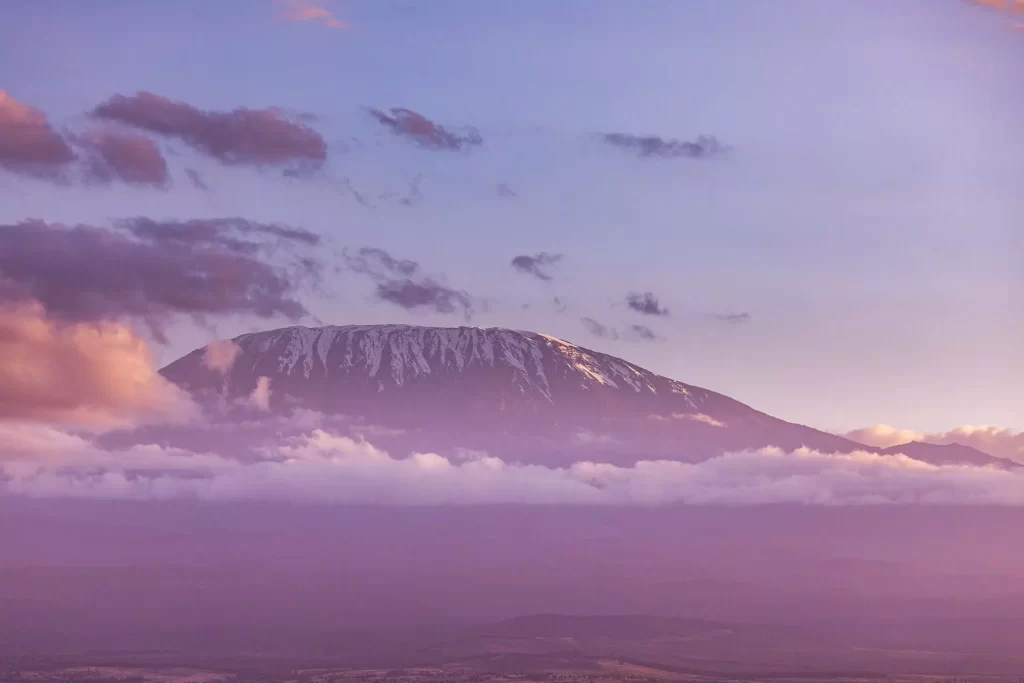
mount kilimanjaro climbing tours
Dare to conquer Mount kilimanjaro climbing tours with our guided climbing tours. Experienced guides, top-notch equipment, and unmatched support for your journey to the summit.
mount kilimanjaro climbing tours is one of the highest peaks in the world that visitors to the lighthouse can access from all over the world. Most climbers reach the craters rim with nothing more than a walking stick with proper clothing and determination. Those who reach the actual summit of Uhuru Point or Gilman Point on the crater rim receive a climbing certificate. And their memory.
How fit do you have to be to Climb Kilimanjaro?
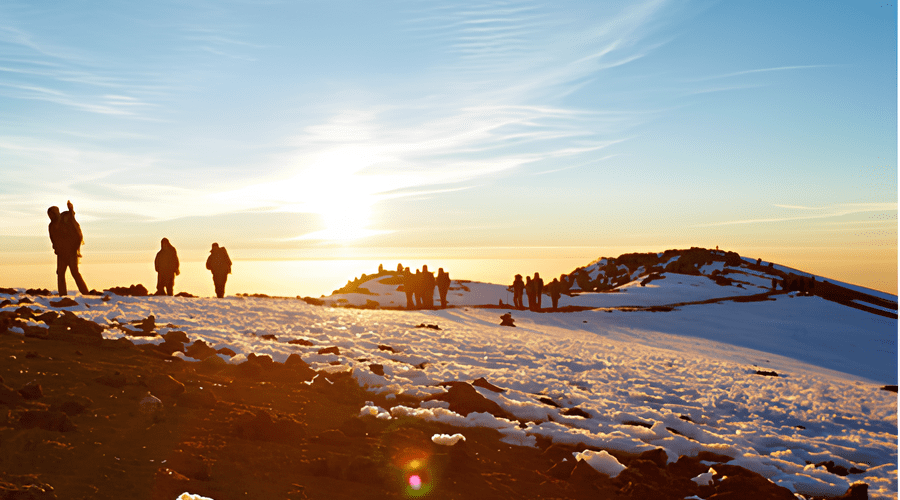
The type of exercise is more important than your fitness level. mount Kilimanjaro climbing tours is on foot so the best preparation is to walk in simulated conditions. Running helps improve your fitness level but doesnt fully prepare your muscles for a grueling. For best results plan eight weeks of training before mount kilimanjaro climbing tours. Apart from exercising regularly at the gym walking can also increase muscle growth.
Consider a day or two hike. This is not only a great way to prepare yourself physically but is also an interesting way to prepare mentally. And weve created a practical guide to exercise preparation (including time and costs) to help you prepare your body for Mt. Trying to reach the top of Kilimanjaro. This guide provides a fitness and walking plan to follow simultaneously for 8 weeks.
Important things to remember – before you start your Kilimanjaro trek!
Always seek medical advice first before starting a fitness program. Please feel free to share the program with your family doctor to get their input. Your doctor will be happy to know that you will be exercising regularly. Learn more about medical screening on mount kilimanjaro climbing tours.
Medical Check-up
Always seek medical advice first before starting a fitness program. Please feel free to share the program with your family doctor to get their input. Your doctor will be happy to know that you will be exercising regularly. Learn more about medical screening on mount kilimanjaro climbing tours
Progressive Resistance
Essentially the gym portion of our fitness program consists of regular progressive resistance exercises using free weights (barbells dumbbells etc) or existing free weights in the gym.
The idea behind progressive resistance is that you can tailor your workout to your age-specific physical condition and strength steadily progressing to higher levels of resistance as you develop.
Safety Factor
Our fitness program may be safe because the progressive resistance exercises can be customized to each individuals strength and fitness level. But its important to perform all exercises correctly and always follow basic safety rules.
Its also a good idea to invest in reading fitness materials and consult with a local fitness instructor on how to exercise properly.
Sets and Repetitions
This exercise involves repetitions and sets. Reps are exercise numbers like moving from one group movement to another. A set is known as a single repetition set – an average set consists of 8 to 12 repetitions.
Warm Up
It is always highly recommended to warm up your muscles before doing any exercise. Tendon Tendon Norma offers a variety of stretching exercises to strengthen joints and muscles and encourages gradual challenge.
Stretching is important because it is the best way to prepare for an injury-free workout.
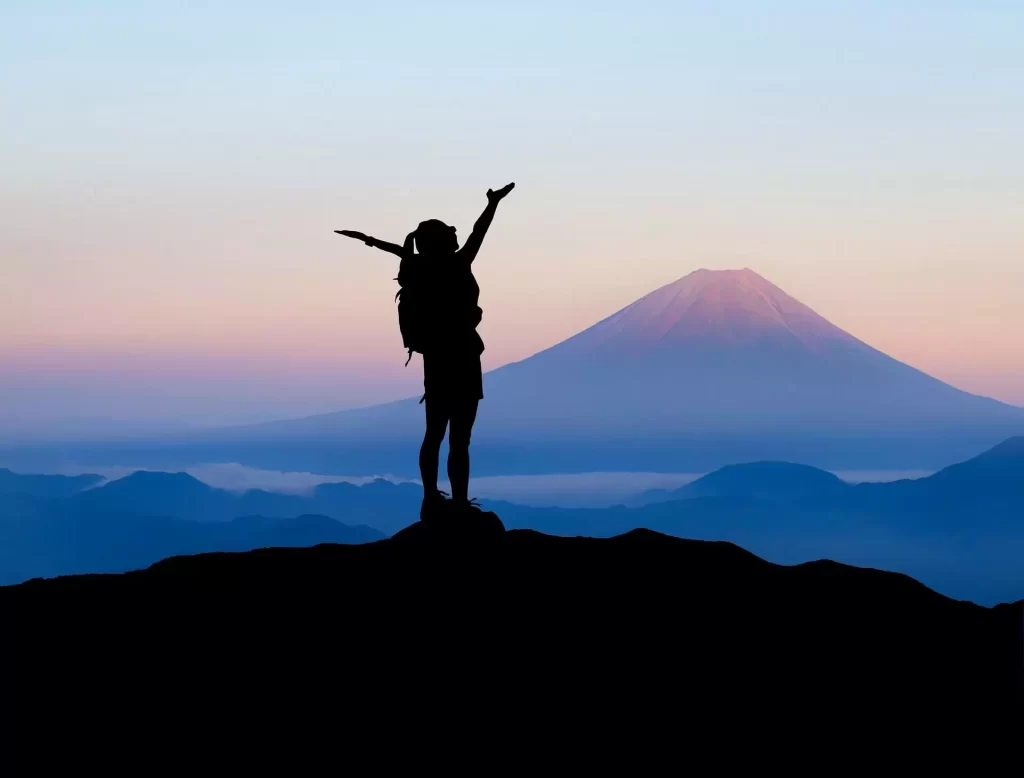
mount kilimanjaro climbing tours Training Gym program– eight weeks guideline
Click here to download the Kilimanjaro Gym Program PDF (Size: 156 MB).
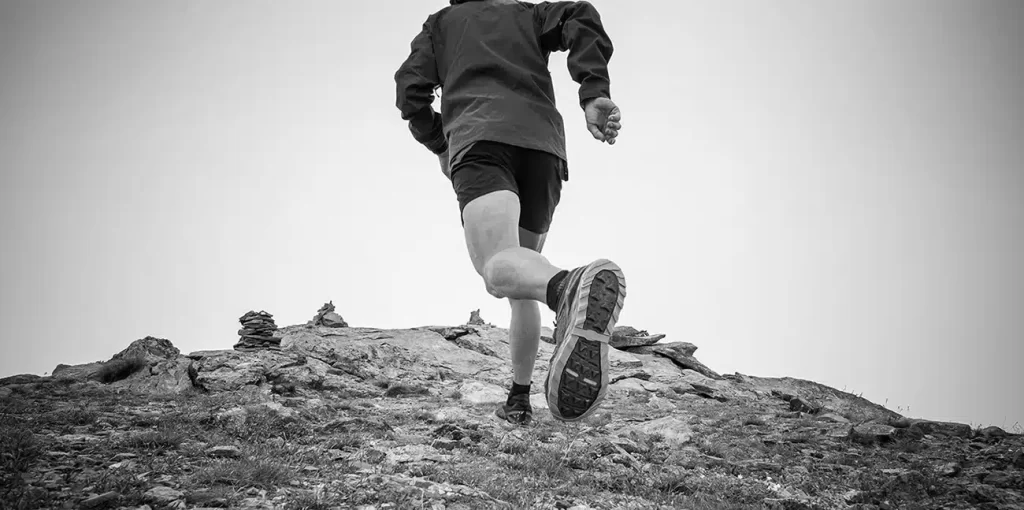
| Exercise | Monday | Wednesday | Friday | |||
| Sets | Reps | Sets | Reps | Sets | Reps | |
| Warm up and stretch | 5 minutes | 5 minutes | 5 minutes | |||
| Leg developing aerobics | ||||||
| Cycling | 10 minutes | 10 minutes | 15 minutes | |||
| Leg combination | ||||||
| Squats | 3 | 12 | 4 | 12 | ||
| Leg presses | 4 | 12 | ||||
| Thighs isolation | ||||||
| Leg extensions | 3 | 10 | 3 | 10 | 4 | 10 |
| Leg curls | 3 | 10 | 3 | 10 | 4 | 10 |
| Lower legs isolation | ||||||
| Calf raises | 3 | 20 | 3 | 20 | 4 | 20 |
| Toe pulls | 3 | 20 | 3 | 20 | 4 | 20 |
| Lower back combination | ||||||
| Hyper extensions | 3 | 12 | 4 | 12 | ||
| Good morning exercise | 3 | 12 | ||||
| Abdominal | ||||||
| Crunches (upper) | 2 | 20 | 2 | 20 | 3 | 20 |
| Leg raises (lower) | 2 | 20 | 2 | 20 | 3 | 20 |
| Leg developing aerobics | ||||||
| StairMaster / climbing | 10 minutes low resistance | 10 minutes high resistance | 10 minutes low resistance | |||
| Cool down and stretch | 5 minutes | 5 minutes | 5 minutes | |||
| Total time | 1 hour 15 minutes | 1 hour 15 minutes | 1 hour 15 minutes | |||
More gym guidelines
- The above is for reference only and can be adjusted based on your schedule and current fitness level but will give you an idea of which muscles to focus on.
- Unfit individuals should use lighter weights during the first two weeks of training.
- Increase weight gradually at least every two weeks to encourage adequate growth and development of muscles.
- For effective muscle growth each muscle or muscle group should be given at least 48 hours of rest and recovery after training. If weights are used it should be done with each vigorous exercise.
- It is very important to do the various exercises in the order mentioned above.
- The above plans can be adapted for home gyms – we will be happy to advise you on request.
- If time permits it is always a good idea to include some upper body development exercises in your program for a more balanced and toned body.
mount kilimanjaro climbing tours Training Walking program
Walking is recommended regularly and should include some ups and downs. Take a backpack with you that holds at least three liters of water or three kilograms. This will simulate what you will experience. As mentioned before spending a day or two hiking in your area is not only a great way to prepare but its also more fun. We develop a suitable running program for at least 8 weeks to ensure an adequate level of fitness.
If local weather conditions do not allow for outdoor activities you can do part of the activity on a treadmill and simulate flat sections that go up (tilt) and down (fall). Complete your climbing plan at least 4 days before your summit attempt to ensure adequate rest before your climb.
Kilimanjaro Training Walking program – eight weeks
Click here to download the mount kilimanjaro climbing tours Trek/Training Plan in PDF format (size: 148 KB).
Week 1
Warm up and stretch – 8 minutes
Walk:
•Flat terrain at 4,5km per hour – 10 minutes.
Walk – lower leg development:
•On heels, toes lifted – 3 minutes.
•On toes, heels lifted – 4 minutes.
Walk:
•Flat terrain at 4,5km per hour – 40 minutes.
•Cool down and stretch – 5 minutes.
Total time: 1 hour 10 minutes
Warm up and stretch – 8 minutes
Walk:
•Flat terrain at 4,5km per hour – 10 minutes.
Walk – lower leg development:
•On heels, toes lifted – 3 minutes.
•On toes, heels lifted – 4 minutes.
Walk:
•Flat terrain at 4,5km per hour – 40 minutes.
•Cool down and stretch – 5 minutes.
Total time: 1 hour 10 minutes
Warm up and stretch – 8 minutes
Walk:
•Flat terrain at 4,5km per hour – 10 minutes.
Walk – lower leg development:
•On heels, toes lifted – 3 minutes.
•On toes, heels lifted – 4 minutes.
Walk:
•Flat terrain at 4,5km per hour – 40 minutes.
•Cool down and stretch – 5 minutes.
Total time: 1 hour 10 minutes
Week 2 to 3
Warm up and stretch – 8 minutes
Walk:
•Flat terrain at 4,5km per hour – 10 minutes.
Walk – lower leg development:
•On heels, toes lifted – 3 minutes.
•On toes, heels lifted – 4 minutes.
Walk:
•Flat terrain at 4,5km per hour – 40 minutes.
•Cool down and stretch – 5 minutes.
Total time: 1 hour 10 minutes
Warm up and stretch – 8 minutes
Walk:
•Flat terrain at 4,5km per hour – 10 minutes.
Walk – lower leg development:
•On heels, toes lifted – 3 minutes.
•On toes, heels lifted – 4 minutes.
Walk:
•Flat terrain at 4,5km per hour – 40 minutes.
•Cool down and stretch – 5 minutes.
Total time: 1 hour 10 minutes
Warm up and stretch – 8 minutes
Walk:
•Flat terrain at 4,5km per hour – 10 minutes.
Walk – lower leg development:
•On heels, toes lifted – 3 minutes.
•On toes, heels lifted – 4 minutes.
Walk:
•Flat terrain at 4,5km per hour – 40 minutes.
•Uphill at 2-3 km per hour – 20 minutes.
•Downhill at 5-6 km per hour – 10 minutes
•Cool down and stretch – 5 minutes.
Total time: 1 hour 30 minutes
Week 4 to 8
Warm up and stretch – 8 minutes
Walk:
•Flat terrain at 4,5km per hour – 10 minutes.
Walk – lower leg development:
•On heels, toes lifted – 3 minutes.
•On toes, heels lifted – 4 minutes.
Walk:
•Flat terrain at 4,5km per hour – 40 minutes.
•Cool down and stretch – 5 minutes.
Total time: 1 hour 10 minutes
Warm up and stretch – 8 minutes
Walk:
•Flat terrain at 4,5km per hour – 10 minutes.
Walk – lower leg development:
•On heels, toes lifted – 3 minutes.
•On toes, heels lifted – 4 minutes.
Walk:
•Flat terrain at 4,5km per hour – 40 minutes.
•Uphill at 2-3 km per hour – 20 minutes.
•Downhill at 5-6 km per hour – 10 minutes
•Cool down and stretch – 5 minutes.
Total time: 1 hour 30 minutes
Warm up and stretch – 8 minutes
Walk:
•Flat terrain at 4,5km per hour – 10 minutes.
Walk – lower leg development:
•On heels, toes lifted – 3 minutes.
•On toes, heels lifted – 4 minutes.
Walk:
•Flat terrain at 4,5km per hour – 40 minutes.
•Uphill at 2-3 km per hour – 40 minutes.
•Downhill at 5-6 km per hour – 20 minutes
•Cool down and stretch – 5 minutes.
Total time: 2 hour 20 minutes
The above training plan will prepare you physically to hike 100 kilometers to mount kilimanjaro climbing tours in one week. If you are in good shape you can be sure that your body will give you more energy when you need it. If you follow our fitness training and walking routine guidelines you will definitely be physically ready for Kilimanjaro. Now I can focus on preparing myself mentally but maybe…
What Do You Eat On Kilimanjaro Climb?

Our chefs will serve the best healthy meals to keep you happy and well-nourished as you mount kilimanjaro climbing tours. You can enjoy freshly prepared breakfast and hot dinner with locally sourced ingredients. We prepare all our food to the strictest hygiene standards to ensure it is delicious and safe. Our menu is nutritionally rich and varied to meet the energy needs of trekking.
Daily Kilimanjaro Sample Menus
We have a dining tent with chairs for guests to dine. Heres a guide to the types of food you can expect as youll be served a different meal each day during your climb up Kilimanjaro:
- •Breakfast usually consists of porridge followed by sausages and eggs toast with jam or marmalade and a hot drink such as tea coffee or chocolate. Climbers must inform the guide of their appetite. Otherwise you might err on the side of caution and serve too much food.
- Lunch is usually a packed lunch that you can carry in your backpack. It usually includes boiled eggs sandwiches chicken fresh fruit and cold drinks. At the end of the days walk afternoon tea is served with biscuits peanuts and above all salty popcorn and lots of hot drinks.
- Dinner begins with soup followed by a main course of chicken or meat vegetables cabbage rice pasta or potatoes and fresh fruit for dessert.
We think its great to provide a comfortable environment so that when youre away from home you dont get surprised when you see food brands like Heinz Nestlé or Nestlé.
We can accommodate any dietary restrictions if you let us know in advance. Special ingredients are difficult to obtain in Tanzania so if you are on a very strict diet we recommend bringing high-energy foods. The most important effect of high altitude is a decrease in appetite.
We offer delicious dishes rich in high-quality carbohydrates. According to the Army Institute of Environmental Medicine carbohydrates are the most effective fuel for optimizing high-altitude performance by promoting muscle glycogen recovery and rebuilding next-day performance. The same study also states that a high-carbohydrate high-altitude diet is recommended at high altitudes as an intervention to reduce symptoms of AMS (acute mountain sickness) because it increases blood ventilation and oxygenation. When your appetite decreases you consume carbohydrate-based foods more often.
Also flavor and height change metabolic processes more than high protein or high fat. Considering the length of the hike and acclimatization to high altitude the energy requirements will be much higher than at home. Experienced hikers accustomed to the hiking lifestyle eat severely dehydrated meals and are often surprised by the quantity and quality of their meals. We have multiple foods in our kitchen. We use only fresh ingredients no dried food and everything is delivered by our Kilimanjaro porters.
Drinking Water on mount kilimanjaro climbing tours
We always supply purified and purified boiled water to our villagers. One of the main causes of digestive problems in Africa is drinking untreated water. We treat all our water including the water we use for washing and cooking.
Staying hydrated is crucial to staying healthy. The dry air and energy of altitude can dehydrate you quickly and you will need to rehydrate if you are using Diamox to aid acclimatization.
How much water should you drink when Climbing Kilimanjaro?
You should aim to drink around 3-4 liters of water a day. If plain water is too boring for you we recommend adding an electrolyte formula to the water and any spices. Each Kilimanjaro camp offers coffee hot chocolate pumpkin and juice. We do not bring carbonated drinks or bottled water.
Should I Get A Medical Check-Up Before Climbing Kilimanjaro?
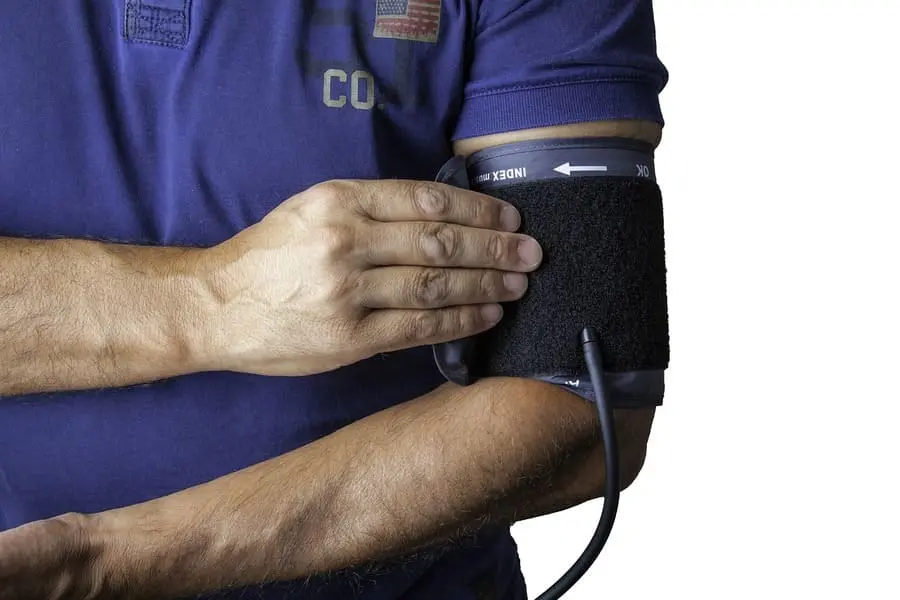
Pre-Climb Medical Check
A medical exam can also reveal any unknown problems such as high blood pressure breathing problems (asthma) or heart conditions that you may not be aware of but could affect your ability to pass.
At mount kilimanjaro climbing tours we take your safety very seriously. We ask that you fill out a medical form before boarding so that our tour guides can accurately understand your general condition and be aware of any health risks or injuries you may be exposed to.
If we find something in your medical examination that requires further explanation we may request a doctors report. But in most cases it is not necessary. Emergencies can happen on the mountain and it is important to know how to respond to these situations when disaster strikes. It is important to understand any details that may affect your flight or cause you problems at high altitude.
Tracks can make existing injuries worse. Walking long distances for 6-8 hours a day can take a toll on your back and joints. The bottom is very hard on the knees.
Regular Prescriptions and Medications
Some prescription drugs can negatively affect height. Your doctor will advise you if your usual medications are suitable for the mountain climate. Our guides need to know what medication you are taking. If you want to take Diamox you should get a prescription and check with your doctor if there are any potential negative interactions with your current medication. Medical problems.
Kilimanjaro Age restrictions
The minimum age to climb mount kilimanjaro climbing tours is 10 years. Small children can go up but this permit requires special permission from the park. No age limit. For climbers under 18 and over 65 we require a doctor to report their fitness for the challenge.
Do You Need Oxygen To Climb Kilimanjaro?
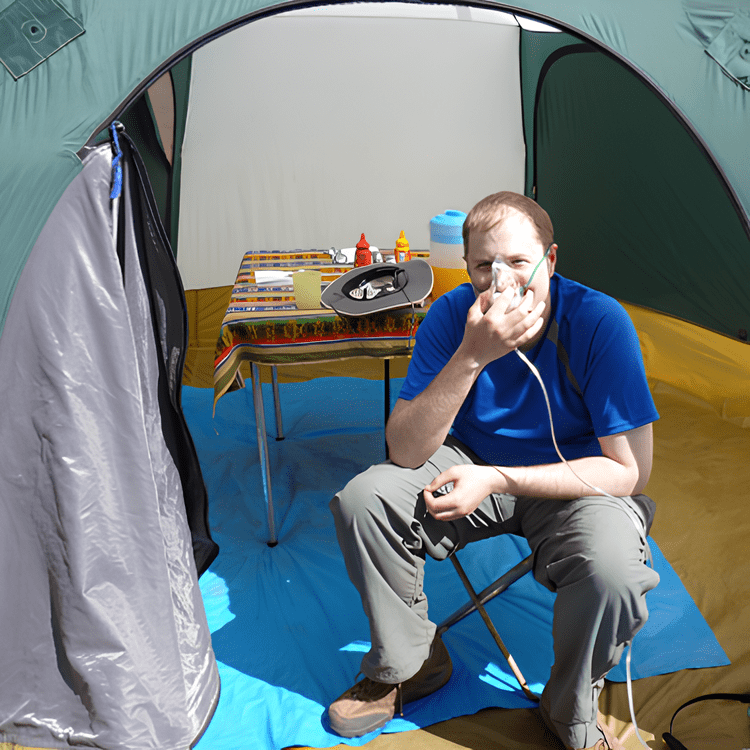
We carry emergency oxygen on Kilimanjaro and medical kits on all climbs.
Although the altitude of mount kilimanjaro climbing tours is a significant challenge climbers do not require supplemental oxygen to climb Kilimanjaro or reach the summit. To reach the top use the adaptive method of slowly walking from pillar to post and climbing high while sleeping deeply. The more days you spend on the mountain the greater your chances of reaching the summit of Kilimanjaro. As part of our commitment to safety we carry extra oxygen tanks and oxygen masks on all our climbs.
Should you use Supplemental Oxygen on Kilimanjaro?
We dont want to provide diffuse oxygen to help climb the hill by eliminating severe oxygen saturation or breathing difficulties. It can mask symptoms of high-risk conditions and altitude-related problems later in life. However some tour operators/companies use personal oxygen systems to assist climbers on mount kilimanjaro climbing tours. There are serious reasons why using oxygen this way is not recommended other than the fact that you are more likely to end up in a hospital than a hiker.
what is point of climbing Kilimanjaro with supplemental oxygen?
The difficulty of Mount Kilimanjaro lies in its height. The hiking standards are not difficult if you remove the challenge of fairly steep altitude. I guess some people climb Kilimanjaro just to say they did it anyway. But placing Kilimanjaro on sea level is no small feat. Our guides provide oxygen on Kilimanjaro only in case of emergency. If a climber has severe symptoms of Acute Mountain Sickness (AMS) we will provide supplemental oxygen using an oxygen mask to help them relieve symptoms quickly and descend to high altitude safely. Low height.
There is only one treatment for high-altitude cerebral edema (HACE) or high-altitude pulmonary edema (HAPE) – get down as quickly as possible. Our team will be with you on the descent and will carry an emergency stretcher if you are unable to walk due to injury or illness. Oxygen may help temporarily but the only safe option for hikers with AMS HACE or HAPE symptoms is not to climb (miss the summit attempt) or not to descend.
What about the Western Breach?
The only difference from the above is whether you are using a Western cloak which is more difficult to climb and impossible to release the stretch. If the hiker shows symptoms we administer oxygen (and/or dexamethasone) to help them safely climb up to the volcano and quickly descend back to Stellas point.
If climbers on Everest use oxygen masks why not on Kilimanjaro? “The summit of Kilimanjaro is at the same height as Everests base camp.Everest climbers run out of oxygen in the so-called death zone above 26000 feet. It is impossible to take it easy in the death zone and using this to reach the top of Kilimanjaro can mask the symptoms of altitude sickness and interrupt the natural adaptation process.
Acclimatization is a slow process
The key to acclimatization is a slow ascent:
- Hike slowly, it’s not a race: you’ll hear your guides saying “pole pole” (slowly, slowly)
- Consider one of our longer routes with the best acclimatization protocol
- Stay hydrated. Dehydration puts extra stress on your body and can inhibit adaptation
- Consult your doctor to see if Diamox is right for you.
- Do not use alcohol, sleeping pills or narcotic pain medication
Do not go higher than 10,000ft if you have:
- A sore throat, cold or cough
- A respiratory infection
- High temperature
For more information see Altitude Sickness on Kilimanjaro.
mount kilimanjaro climbing tours Helicopter Rescue
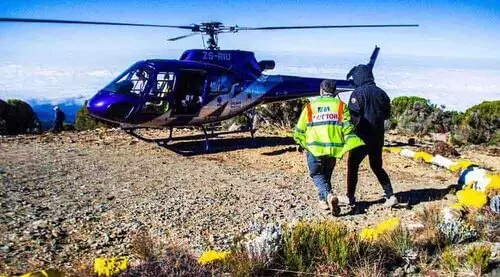
In rare cases helicopter evacuation may be required if a climber becomes ill or seriously injured on Kilimanjaro. Many search and rescue organizations are taking climbers to Kilimanjaro with the aim of making it the safest tourist destination in Africa. Their high-altitude helicopters and highly trained medical personnel can conduct emergency evacuations from any potential landing zone and are able to respond immediately.
Mount kilimanjaro climbing tours has been evacuated by few helicopters in the past as there are no local operators and troops can only be dispatched from major centers such as Nairobi resulting in long delays. From their base in Moshi search and rescue agencies can send helicopters up the mountain.
It should be noted that in case of bad mountain weather the helicopter will not be able to land and in this case manual evacuation by stretchers provided by the National Park will be required. We put your safety first Learn more about altitude sickness in Kilimanjaro in our detailed guide.
Kilimanjaro Travel and Rescue Insurance
Medical evacuation from the mountains is very expensive so it is important that all climbers purchase appropriate travel insurance. While purchasing insurance ensure that it covers emergency evacuation below 6000 meters altitude and related medical treatment. When you book your climb we will register a copy of your insurance details and a copy of your passport with the Kilimanjaro Special Administrative Region and contact you to liaise with the insurance company on your behalf.
We recommend that you carefully read the fine print on your policy to determine if your policy will cover you for reimbursement and if pre-authorization is required. You dont want to waste valuable time trying to get an emergency approval from your insurance company.
Can a helicopter land on Mt. Kilimanjaro?
Because this is a new relationship (established in 2016 operational in 2018) and not all areas of the mountain are suitable for helicopter landing it is necessary to travel on foot or in cases where no one can enter the landing field. Is it At the time of writing the highest Kilimanjaro helicopter landing point is in the area of Kosovo Hist 4900 meters. It preserves most of the huts made from Horambo or Barranco. An ambulance is available for rescue across the road from Shayra.
Kilimanjaro Helicopter Rescue Safety Protocols
Dozens of helicopter rescues take place on Kilimanjaro every year. Our staff are trained to work with pilots and medical personnel to ensure timely and safe evacuation of climbers if necessary. The presence of a helicopter rescue service on Kilimanjaro gives climbers peace of mind but it is no excuse for complacency and neglect of proper safety protocols.
This is a last resort not a reason to take unnecessary risks. As part of your daily wellness exam we use a pulse oximeter to test your oxygen saturation and heart rate and use the Lake Louise Rating System to determine how well you performed in the air. Our guides make sure to carry extra oxygen on every climb up Kilimanjaro in case of emergencies.
Accommodation
Huts and campsites on the mountain.
Several hotels and campsites outside the park in the village of Marangu and the town of Moshi.
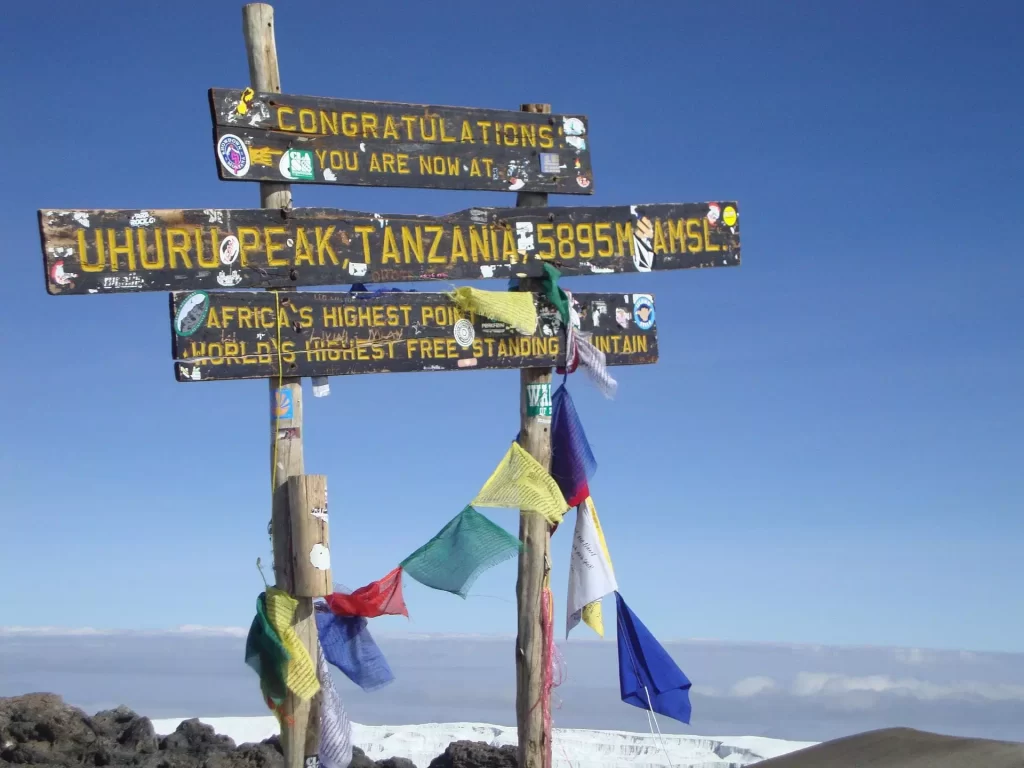
NOTE: Climb slowly to increase your acclimatization time and maximize your chances of reaching the summit. To avoid altitude sickness, allow a minimum of five nights, preferably even more for the climb. Take your time and enjoy the beauty of the mountain.
Our guides
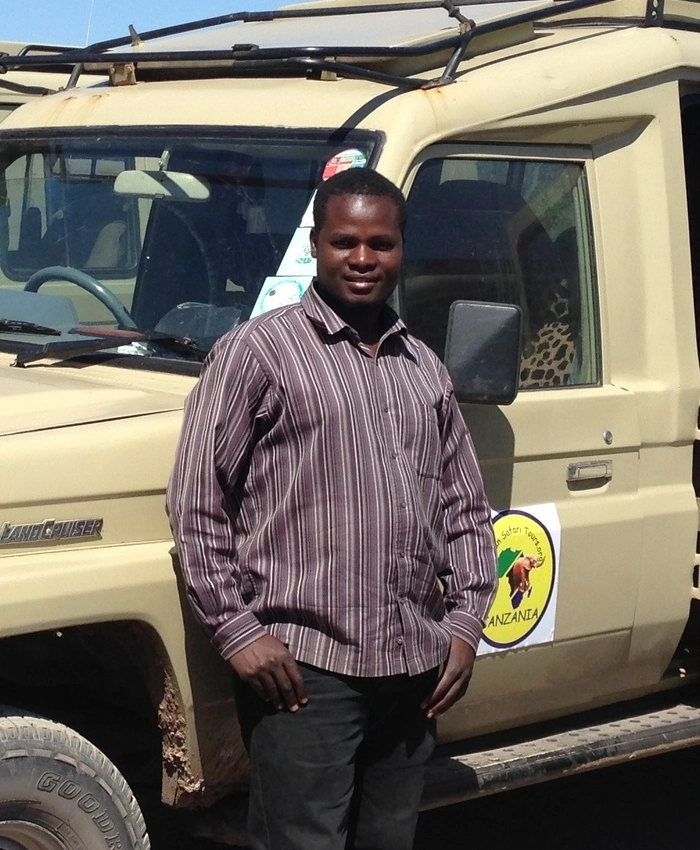
Harry

Ombeni
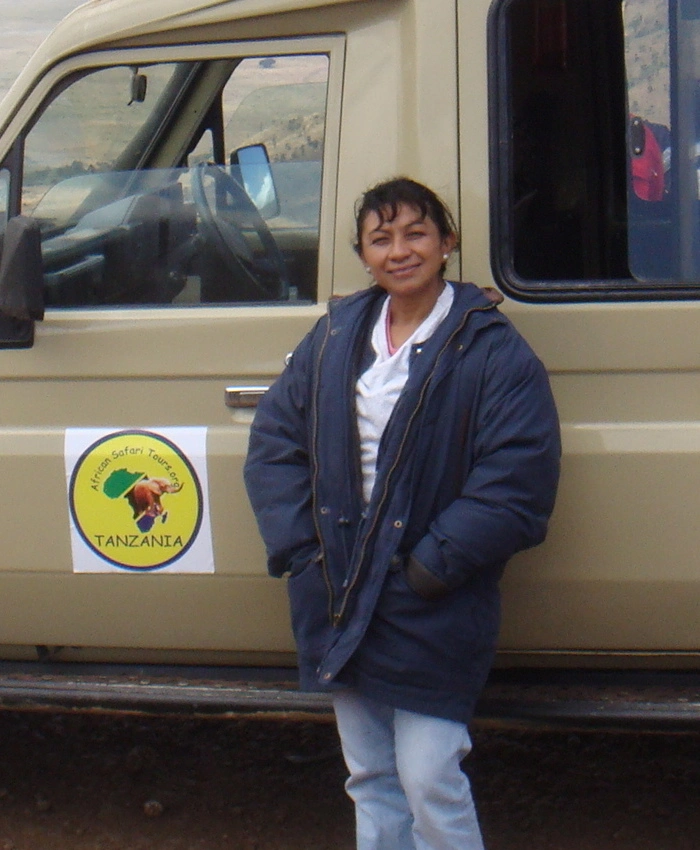
Ayanna
Satisfied Customers
Tanzania gallery
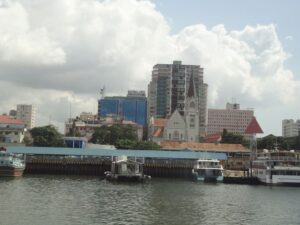
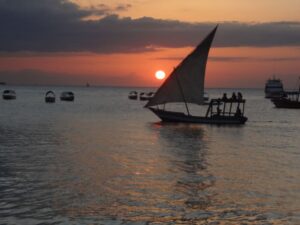

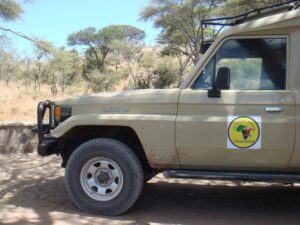
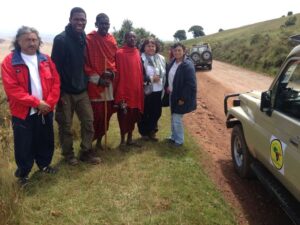
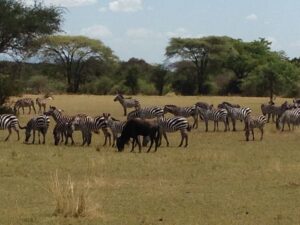
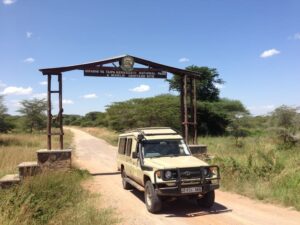
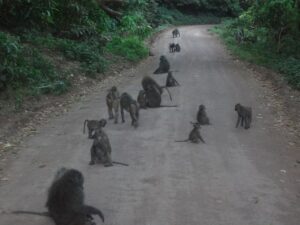
You May Like
12 Days: Serengeti Expedition Safari
7 Days: Serengeti Tour – Safari Adventures
6 Days: Umbwe Route
7 Days: Selous Safari
9 Days: Serengeti Safari Packages
7 Day: The Great Wildebeest Migration
5 Days: Serengeti National Park Tanzania
Our Popular Safari Tours
Climbing Gear
Mount Kilimanjaro Climbing Routes and Rates.
Itinerary Highlights
Unforgettable journey through Tanzania, a country rich in cultural heritage and historical significance. Our Cultural & Historical Tour is designed to immerse you in the diverse traditions, customs, and historical landmarks that define this beautiful nation.
From ancient archaeological sites to vibrant local communities, this tour offers a comprehensive exploration of Tanzania’s past and present.
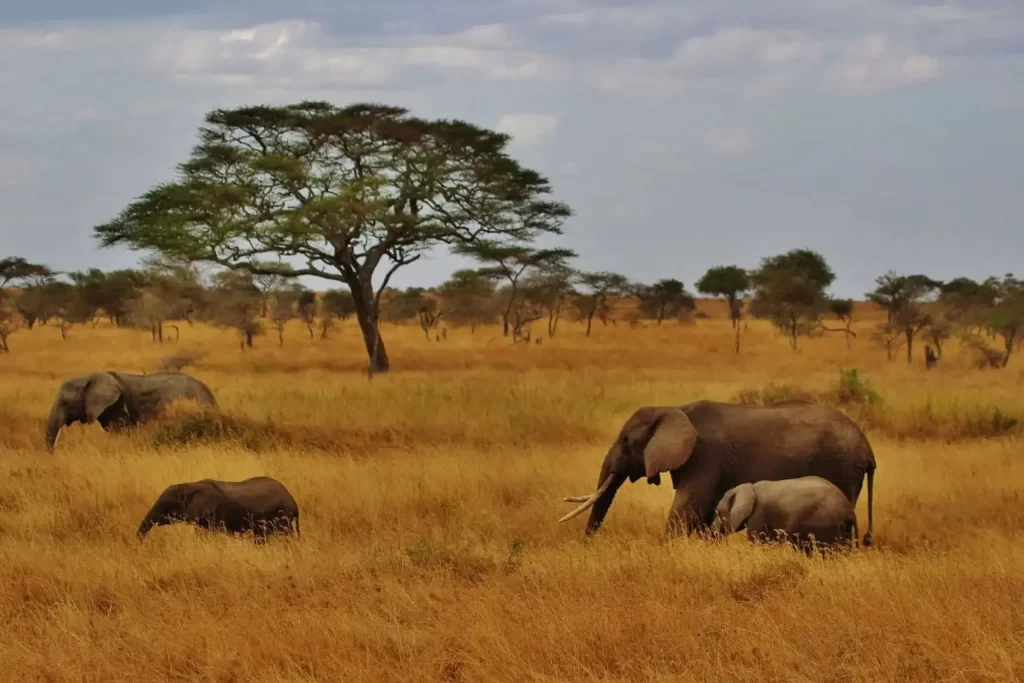
Dar es Salaam: The Gateway to Tanzania
Begin your adventure in Dar es Salaam, the largest city in Tanzania. Visit the National Museum, which houses artifacts from the prehistoric era to modern times, including items from the famous Olduvai Gorge.
Explore the vibrant markets such as Kariakoo Market, where you can experience local life and shop for traditional crafts.
Bagamoyo: A UNESCO World Heritage Site
Travel to Bagamoyo, a historic coastal town that was once a significant port for slave trade and ivory exportation.
Visit the Bagamoyo Arts and Cultural Institute and learn about the town’s history through guided tours of its colonial architecture and museums.
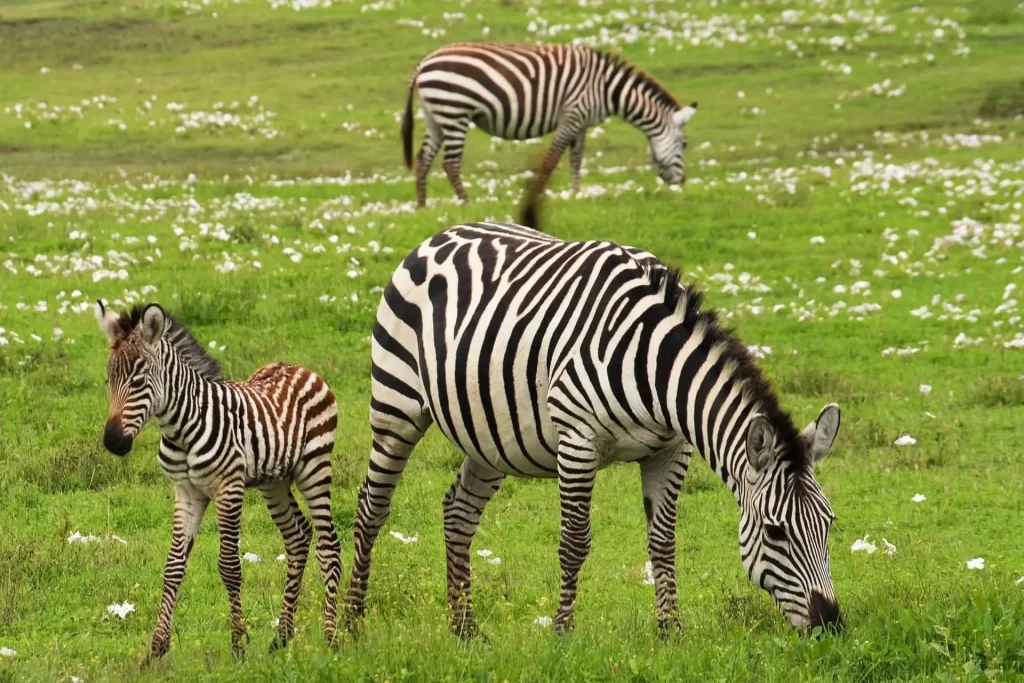
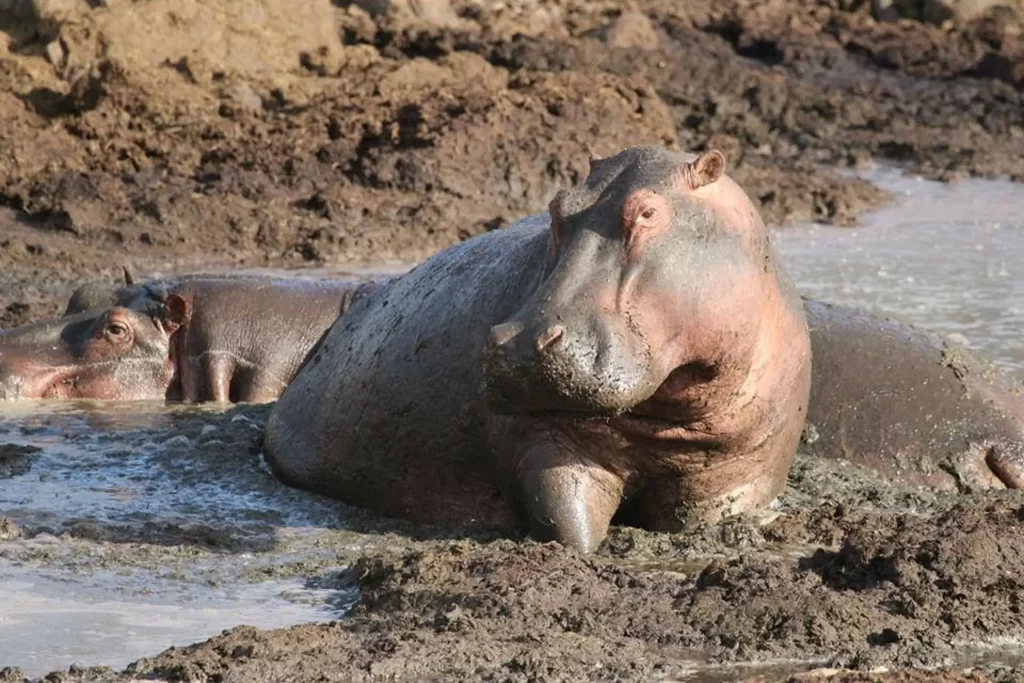
Stone Town, Zanzibar: A Melting Pot of Cultures
Fly or ferry to Zanzibar Island and explore Stone Town, another UNESCO World Heritage Site known for its winding alleys and rich history influenced by Arab, Persian, Indian, and European cultures.
Visit the House of Wonders (Beit el-Ajaib) and the Old Fort to understand Zanzibar’s role in trade networks across the Indian Ocean.
Arusha: The Cradle of Humanity
Visit Arusha National Park where you can see some of Tanzania’s stunning landscapes while learning about early human history at nearby archaeological sites like Olduvai Gorge.
Engage with local historians who will share insights into Tanzania’s ancient civilizations.
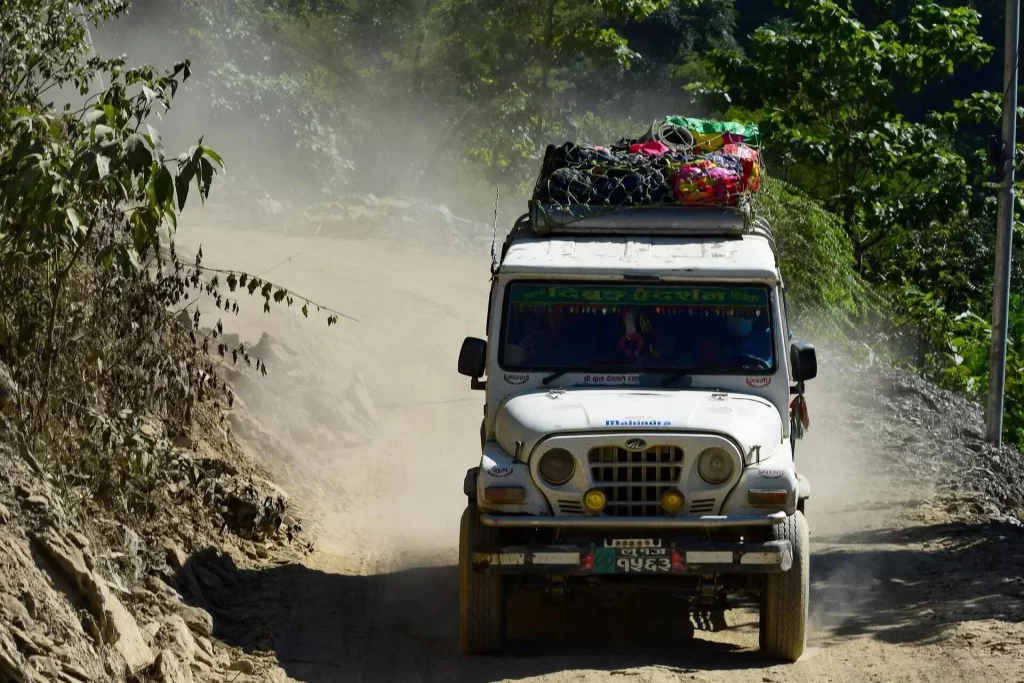

Ngorongoro Crater: A Natural Wonder with Historical Significance
Explore Ngorongoro Crater not only for its breathtaking scenery but also for its significance as a site where early hominids lived millions of years ago.
Participate in guided tours focusing on both wildlife conservation efforts and archaeological findings that highlight human evolution.
The Maasai Culture Experience
Journey into Maasai territory where you will have an opportunity to engage with one of Africa’s most iconic tribes. Participate in traditional dances, learn about their customs, and enjoy a meal prepared by local families.
Understand their pastoral lifestyle and how they coexist with wildlife in their natural habitat.
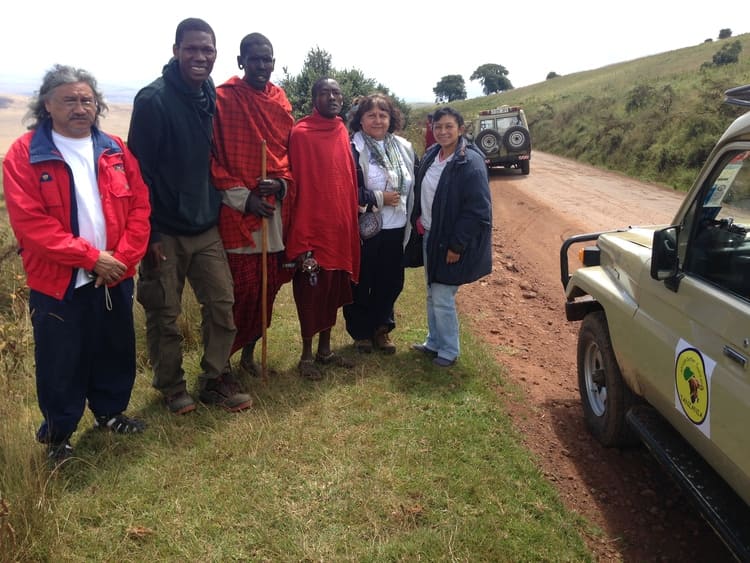
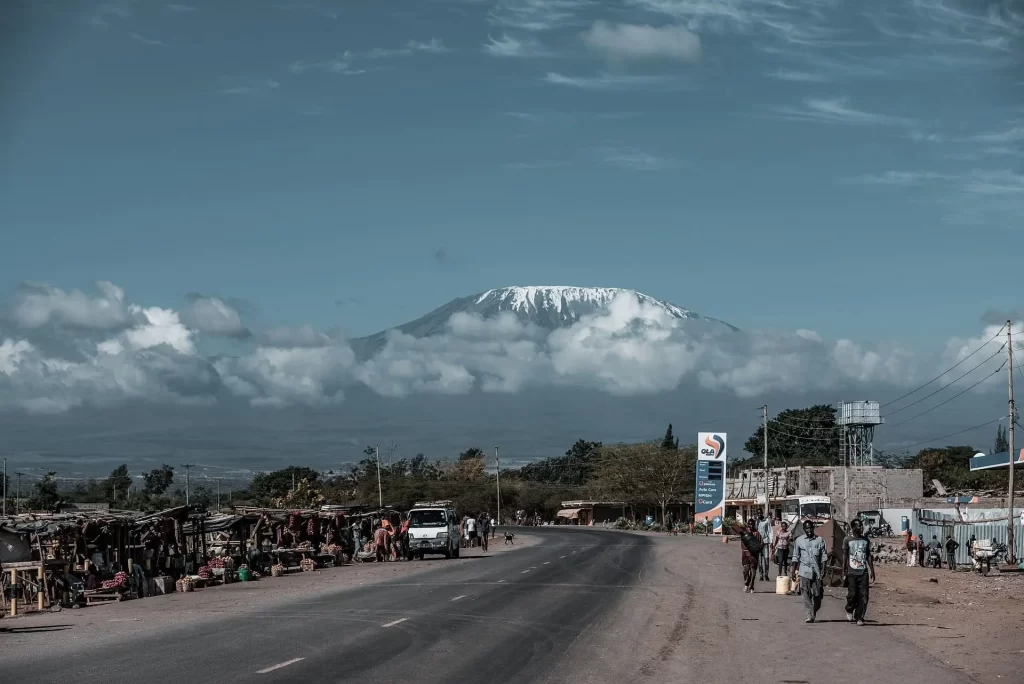
Cultural Engagement Activities
Attend workshops led by local artisans specializing in traditional crafts such as beadwork or wood carving.
Enjoy cooking classes featuring Tanzanian cuisine where you’ll learn how to prepare dishes using locally sourced ingredients.
Participate in community service projects that support local schools or health initiatives.
